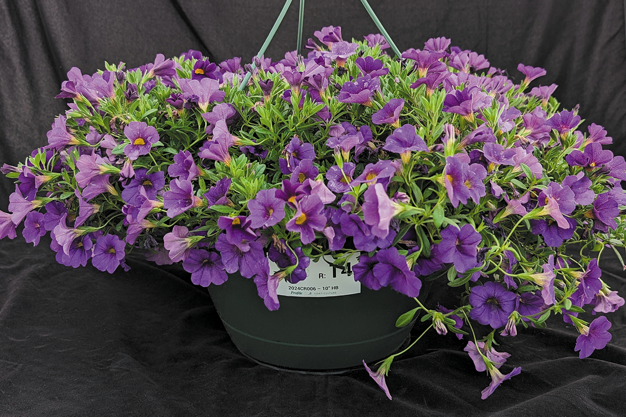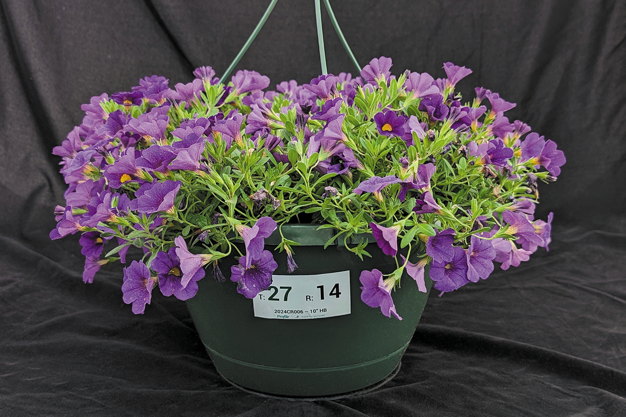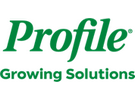Most people shopping for plants have shared a common experience. They have walked into their local garden center, market or grocery store, wanted to buy plants but found themselves in front of a half-empty shelf with dilapidated plants that have clearly seen better days. Diminishing plant quality affects growers and consumers alike, with plant shrink costing US growers more than $500 million annually, and leaving consumers either empty-handed or with plants that don't thrive once they reach their new home.
While plant production in the greenhouse follows a tight schedule, plant sales are highly weather-dependent. Cloudy and rainy weather can extend a plant's time in the market to multiple weeks, during which the plant is drawing water and nutrients. And while markets certainly water the plants, additional fertilizer is often skipped over. And for shoppers, seeing deteriorating plants detracts from the whole experience.
"With most plants not getting fertilizer after leaving the greenhouse, the plant quality can quickly diminish and leave people no choice but to throw the plants away," explains Dale Bradshaw, technical sales representative with Profile Growing Solutions.

Calibrachoa in HydraFiber treated with Nutricote controlled-release fertilizer treatment.
To counter shrink and keep plants looking healthy long after their greenhouse days, Profile Growing Solutions began researching combinations of high-quality substrate and controlled-release fertilizer aimed at improving the shelf life of plants. The researchers focused on HydraFiber® growing mix and Nutricote® fertilizer to improve the quality of calibrachoa, pansy, impatiens, geranium, lantana and vinca.
As Bradshaw explains, Profile's team of scientists have reported higher nutrient levels, better flower and leaf color and overall improved appearance in plants grown with Nutricote®, compared to plants grown at the standard 125-ppm nitrogen. These results translate into longer shelf life, accelerated sell-through and overall enhanced experience for the customers. Profile Growing Solutions had these results on display at Cultivate'24, with plants grown with Nutricote® looking noticeably healthier than those grown without it.

Calibrachoa in HydraFiber treated with continuous liquid feed treatment.
"We first unveiled these results at Cultivate'24 but have other studies in progress as we look to optimize rates and blends," says Bradshaw. "All of our research is done in-house and in collaboration with growers. We have a space dedicated to research that we use year-round for research."
While Profile shared these first results quite recently, Bradshaw explains that the principle has been around for a while and growers' reservations towards the technology have quickly washed away.
"When talking about this seven years ago, you would think growers thought I was from a whole different planet. Now, it is a pull more than a push. Growers are asking for this," Bradshaw says.
With the summer planting season drawing to a close and greenhouses focusing on seasonal plants like chrysanthemums, poinsettia and Christmas cacti, Profile's team is busier than ever as they work with growers to plan for the next summer growing season, discuss rates and combinations, etc.
For more information:
Dale Bradshaw
Profile Growing Solutions
growing@profileproducts.com
www.profilegrowing.com
